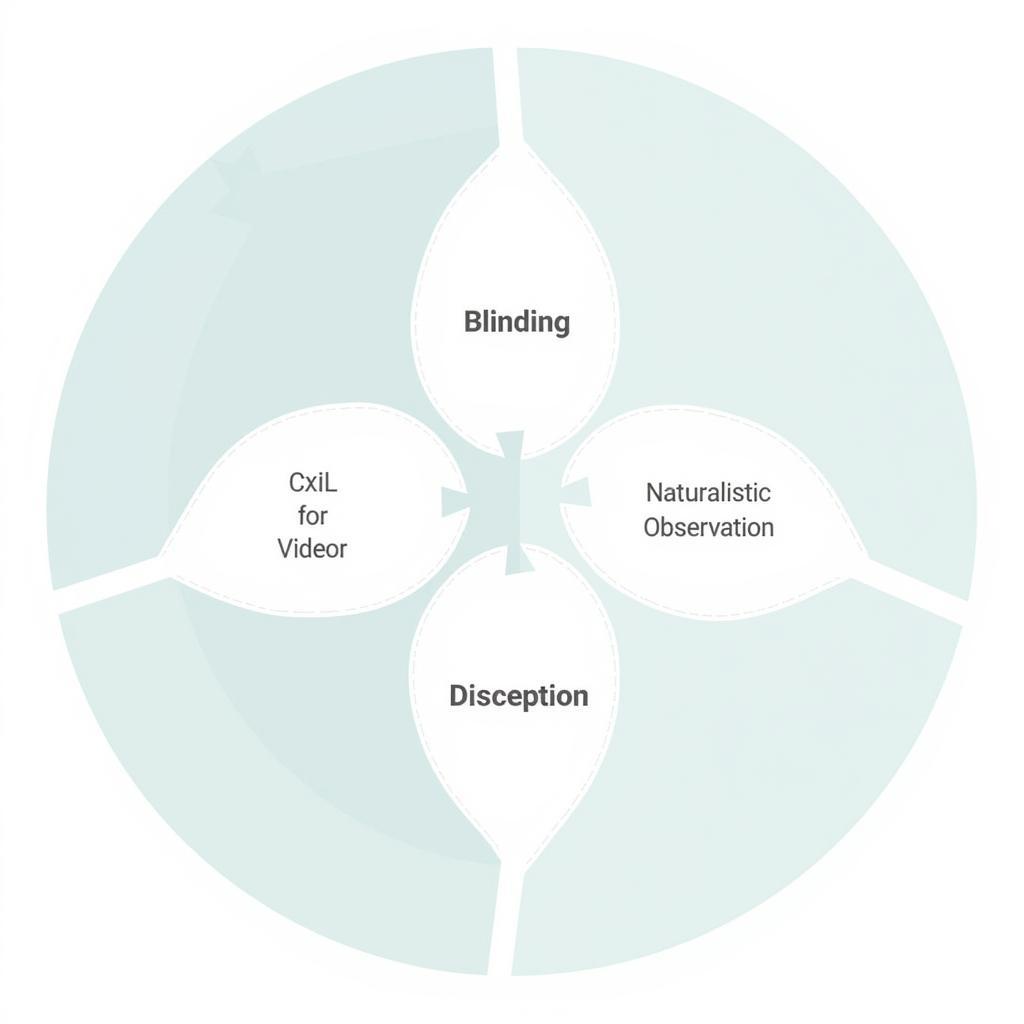In experimental research, demand characteristics tend to influence participant behavior, potentially skewing results and impacting the study’s validity. Understanding these subtle cues and mitigating their effects is crucial for any researcher aiming for accurate and reliable findings. This article delves into the nature of demand characteristics, their impact on research outcomes, and strategies to minimize their influence.
Understanding Demand Characteristics in Experimental Research
Demand characteristics are cues within a research setting that can subtly suggest to participants how they are expected to behave. These cues can range from the researcher’s body language and tone of voice to the wording of questions and the overall experimental design. Participants often, consciously or unconsciously, pick up on these cues and modify their responses accordingly, even if those responses don’t accurately reflect their true beliefs or behaviors. This desire to please the researcher, or avoid appearing in a negative light, can significantly impact the validity of the research findings.
For instance, if a participant believes the study is designed to measure altruism, they might be more likely to exhibit altruistic behaviors, even if they wouldn’t normally act that way in real-life situations. This phenomenon can be particularly problematic in studies exploring sensitive or socially desirable traits.
How Demand Characteristics Skew Results: The Hawthorne Effect and Beyond
The classic example of demand characteristics influencing research outcomes is the Hawthorne effect. Originally observed in studies conducted at the Hawthorne Works factory, researchers noticed that worker productivity increased simply because the workers were being observed, regardless of the experimental manipulations. This demonstrated the power of participant awareness in shaping behavior.
Demand characteristics can lead to both positive and negative biases. Positive biases occur when participants over-report desirable behaviors or under-report undesirable ones. Negative biases, conversely, occur when participants intentionally sabotage the research by providing inaccurate or misleading information.
Minimizing the Influence of Demand Characteristics: Best Practices
Mitigating the impact of demand characteristics is essential for obtaining reliable results. Several strategies can be employed to achieve this:
- Blinding: Keeping participants unaware of the true purpose of the study can prevent them from altering their behavior based on perceived expectations. Double-blinding, where the researcher administering the experiment is also unaware of the hypotheses, further minimizes bias.
- Deception: In some cases, ethically permissible deception can be used to mask the study’s true aims. This requires careful consideration and debriefing participants afterward.
- Naturalistic Observation: Conducting research in natural settings can reduce the artificiality of the lab environment and provide a more accurate reflection of real-world behavior.
- Indirect Measurement: Employing measures that don’t rely on self-report, such as physiological responses or behavioral observations, can circumvent the influence of demand characteristics.
- Control Groups: Using control groups allows researchers to compare the behavior of participants exposed to the experimental manipulation with those who are not, helping to isolate the effects of the manipulation from the effects of demand characteristics.
 Techniques to minimize demand characteristics influencing research participants
Techniques to minimize demand characteristics influencing research participants
electrical engineering research
What Happens When Demand Characteristics Are Not Addressed?
Failing to address demand characteristics can lead to inaccurate conclusions and flawed research. This can have significant implications, especially in fields like medicine and psychology where research findings inform treatments and interventions.
“Ignoring demand characteristics is like building a house on sand,” says Dr. Amelia Hayes, a leading research psychologist. “It undermines the entire foundation of your study and renders your findings questionable.” Furthermore, Professor John Carter, a renowned statistician, adds: “Demand characteristics can introduce so much noise into your data that it becomes impossible to discern the true signal.”
Conclusion: The Importance of Rigorous Research Design
In experimental research, demand characteristics tend to be an ever-present challenge. By understanding their influence and implementing strategies to minimize their impact, researchers can ensure the validity and reliability of their findings. Rigorous research design, careful attention to detail, and a commitment to ethical practices are crucial for producing meaningful and impactful research.
FAQ
- What are demand characteristics?
- How can demand characteristics influence research results?
- What is the Hawthorne effect?
- How can researchers minimize the impact of demand characteristics?
- Why is it important to address demand characteristics in experimental research?
Contact Us
For any assistance, please contact us:
Phone: 0904826292
Email: research@gmail.com
Address: No. 31, Alley 142/7, P. Phú Viên, Bồ Đề, Long Biên, Hà Nội, Việt Nam.
We have a 24/7 customer support team.